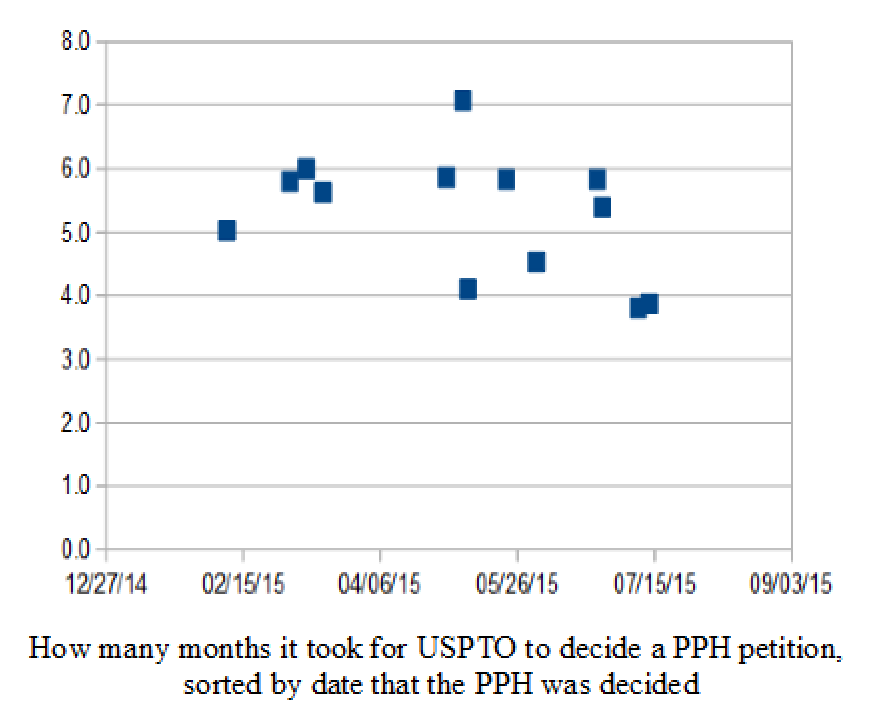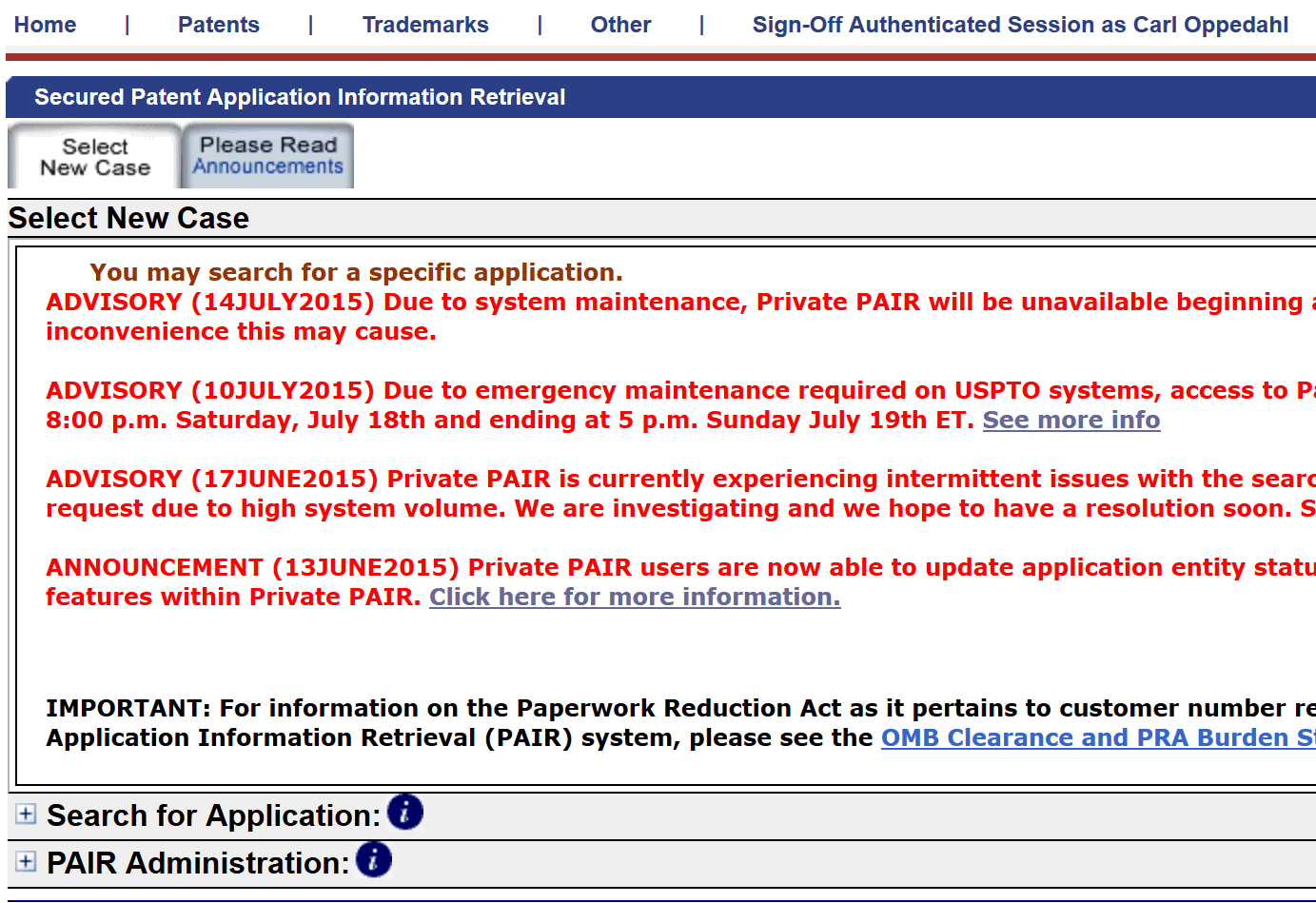A long-standing member of the EFS-Web listserv (the listserv for US patent practitioners) wondered what to charge for a Track I request. (Track I is the program in which the US applicant can get his or her application moved to the front of the line for examination merely by paying a fee.) I figured I might as well post a series of blog pieces with a few thoughts about professional fees for the various programs by which an applicant can get a US patent fast.
Continue reading “What it costs to get a US patent fast via Track I?”



